Sudan
Dozens of animals in Sudan's capital zoo, including an elderly crocodile, parrots and giant lizards, are believed to have died after street fighting between rival forces in the country made the place inaccessible.
At least 100 animals, all kept in enclosures, will have gone more than three weeks without water or food, said Sara Abdalla, chief zoologist at the Sudan Museum of Natural History.
Millions of people in Sudan have suffered from shortages of food, water and medicine after the conflict disrupted the most basic services. But as the sound of explosions echoes through the capital Khartoum, Sara Abdalla is consumed with worry about the animals she cares for, especially those that are increasingly rare in their natural habitat in Sudan.
"I feel a lot of misery and sadness, as well as helplessness," she said in a telephone interview from Khartoum. "I guess we lost the birds and the mammals ."
The zoo is home to species such as an African gray parrot, vervet monkey, giant lizards called Nile monitor lizards, desert tortoise, horned viper, and Nubian spitting cobra. Before the fighting, all these animals were fed twice a day. But the last time they received their meals and, for some, their medicine, was on April 14, the day before the fighting broke out, according to Mr Abdalla.
The conflict, which has ended months of tensions between rival Sudanese generals, pits the Sudanese army, led by General Abdel-Fattah Burhane, head of the ruling Sovereign Council, against powerful rapid support paramilitary forces. The Rapid Support Forces (FSR) are commanded by Burhane's deputy in the council, General Mohamed Hamdan Daglo . Sara Abdalla argues that neither had heeded calls to allow access to the zoo.
The conflict turned much of Khartoum and the adjacent city of Omdurman into a battlefield, with both sides using heavy weaponry, including artillery and airstrikes, inside urban areas. Urban fighting has severely damaged infrastructure and property and puts civilians at great risk as they attempt to move through city streets.
Residents fleeing the capital said they saw bodies littering sidewalks and central plazas, especially in areas not far from the museum. According to the Sudanese doctors' Union, around 500 civilians have been killed in the fighting so far, but the actual death toll is believed to be higher.
The zoo, which is located within the grounds of the University of Khartoum, is one of the oldest in Sudan. It was established about a century ago as part of Gordon Memorial College, an educational institution built in the early 1900s when Sudan was part of the British Empire. It was annexed to the University of Khartoum two years after Sudan's independence in 1956.
Its current location is close to the army headquarters, where fighting was intense, preventing access to the museum.
Sara Abdalla, who teaches zoology at the University of Khartoum, started working at the museum in 2006 and was appointed director of the establishment in 2020. She had dreamed of this position since she had visited the museum as a child. Now locked in her home in south Khartoum with her husband and their two children - Yara, 9, and Mohamed, 4 - she worries about the animals who have already survived years of turmoil, economic collapse and shutdown due to pandemic.



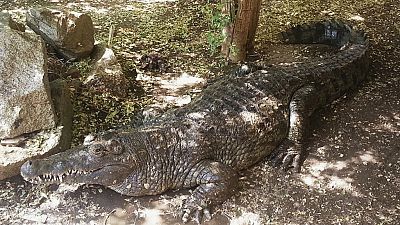

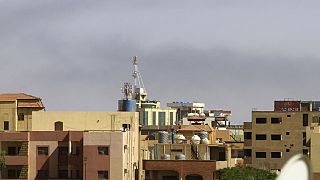
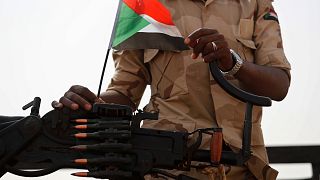

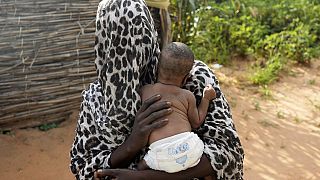

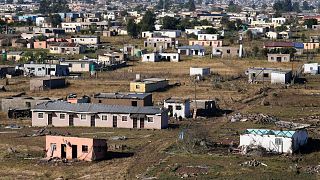

01:11
Sudan: U.S. sanctions over alleged chemical weapons use come into force
01:47
'Minerals': Researcher explains U.S. interest in DRC-Rwanda truce
01:39
Driven to starvation, Sudanese eat weeds and plants to survive
01:51
South Sudan launches military court to enforce accountability and justice
01:00
Animal shelters in the US use live music to soothe anxious pets
02:01
Raptor rehab: Moroccan facility rescues birds of prey and prepares them to return to the wild